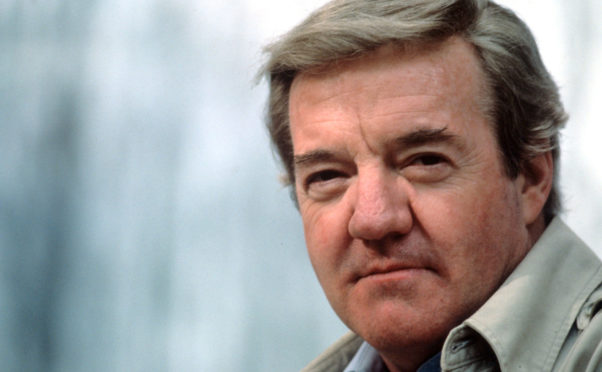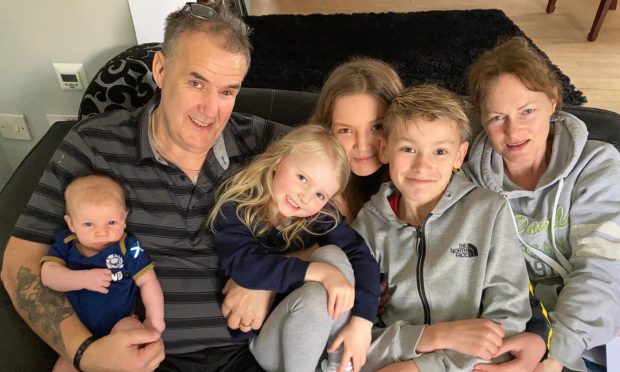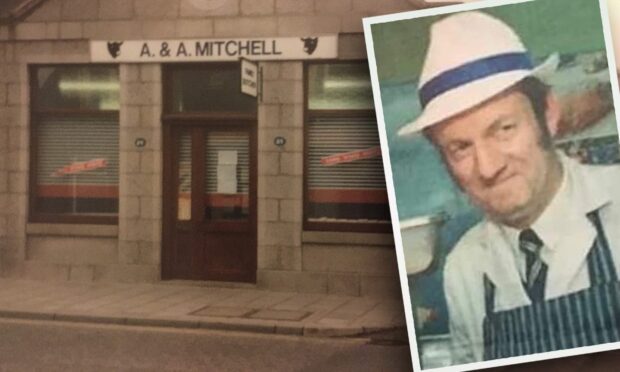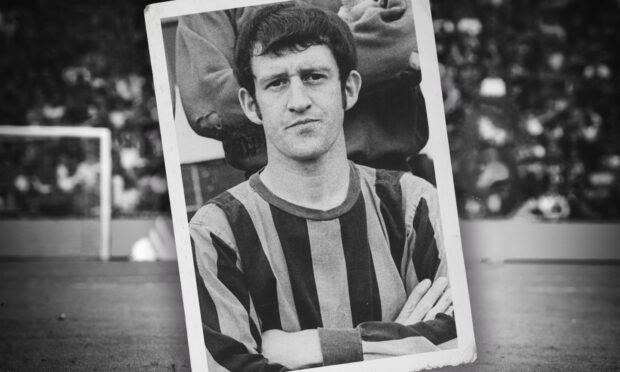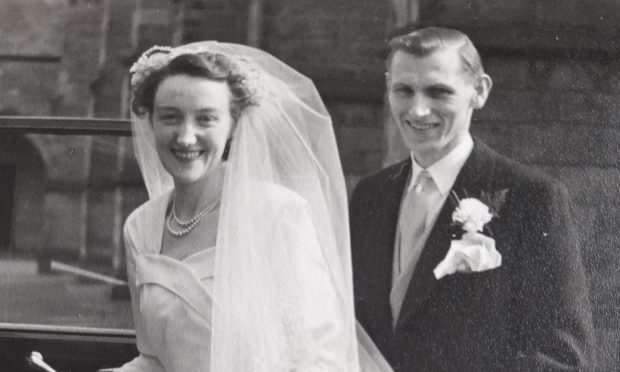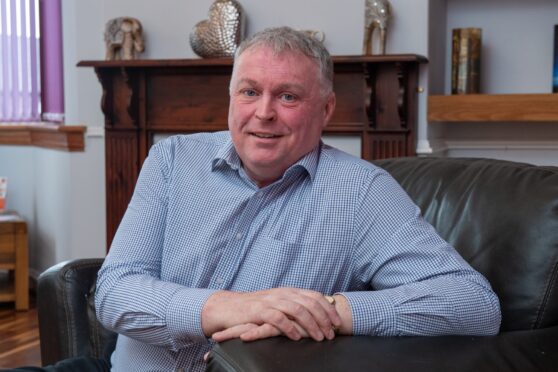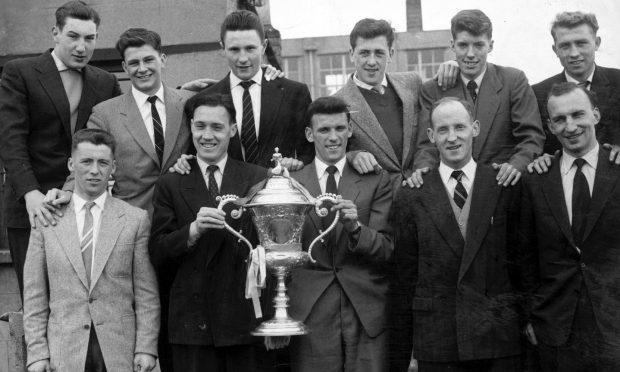Actor Richard Herd was almost 40 years old when he made his big screen debut – but made up for lost time with a wide variety of roles.
Born in Boston in 1932, he was struck down with the serious bone infection osteomyelitis and spent a large portion of his childhood in hospital.
He said the time spent lying in bed “month after month” – as he was given the newly-introduced drug penicillin – was a major contributing factor to his strong imagination.
After leaving school, he joined the US military during the Korean War.
This was short-lived, however, as a flare-up of his illness led to an honourable discharge.
Back in his home country, Herd moved to the bright lights of New York City and starred in a number of off-Broadway plays for many years.
As he grew in confidence and contacts, Herd won his first movie role in 1970, playing a television presenter in Arnold Schwarzenegger picture Hercules In New York.
From there, he was cast as one of the Watergate burglars in political thriller All The President’s Men and won recurring roles in the likes of Starsky And Hutch and Dallas.
Herd also became a fan favourite of sci-fi fans by playing a number of key characters in beloved franchises.
He lit up screens as Supreme Commander John in 1980s miniseries V and V: The Final Battle, and appeared in multiple episodes of several of the Star Trek sequel series.
The actor is perhaps best known for his recurring role in comedy classic Seinfeld.
Mr. Wilhelm, you will be missed. #RIPRichardHerd pic.twitter.com/j4DQZy33j2
— Seinfeld (@SeinfeldTV) May 27, 2020
Herd would later proclaim his time on the sitcom as “one of the best jobs I ever had”.
His portrayal of Mr Wilhelm, the boss of main character George Costanza, was regarded by many as a “comic highlight” of the series.
During his career, Herd appeared on scores of other television shows and films.
His acting credits include stints on Quantum Leap, ER, Dr Quinn Medicine Woman, Buffy The Vampire Slayer and CSI: Miami.
Audiences also saw him in the cinema, with roles in the likes of 2017 horror film Get Out and Clint Eastwood’s The Mule.
Herd died at home in Los Angeles from complications from colon cancer.
Richard Herd, RIP. We worked together on stage, Other People’s Money, On film: Enola Gay, All Pres Men; always a gent and terrific performer.
— Robert Walden (@RobertWalden4) May 29, 2020
He is survived by his wife of 40 years, Patricia, and his daughter Erica, son Rick and step-daughter Alicia.
Actor Robert Walden, who worked with Herd on stage and in several films, described him as “always a gent and a terrific performer.”
I have only just learned of the passing of Richard Herd, a lovely man and actor who played Mr. Wilhelm, George’s boss at the Yankees. He was a delight to know and work with. My sympathy to his family and friends. #RIPRichardHerd
— jason alexander (@IJasonAlexander) May 27, 2020
Jason Alexander, who played George in Seinfeld, said: “I have only just learned of the passing of Richard Herd, a lovely man and actor.
“He was a delight to know and work with.”
